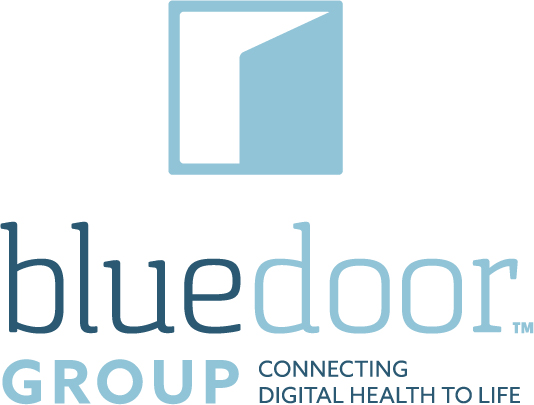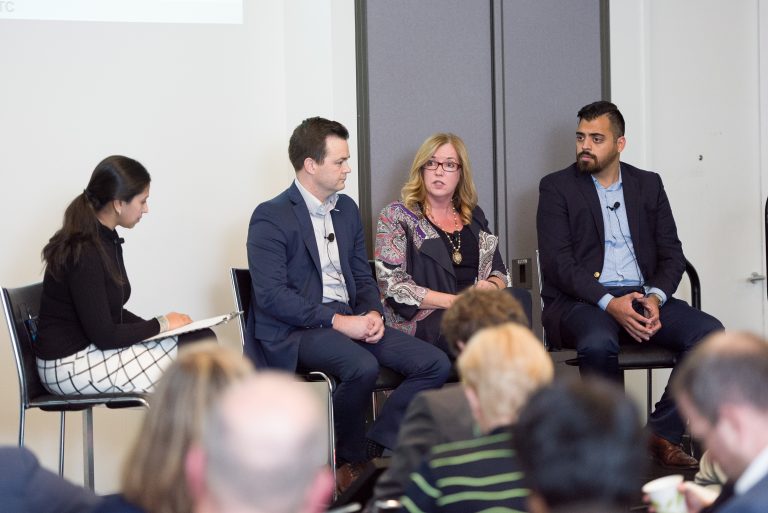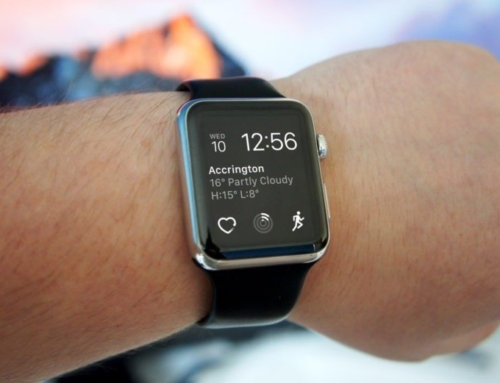By ERIN DIETSCHE | Oct 15, 2017
From left: Arundhati Parmar, VP and editorial director of MedCity News; Brooks Deibele, president of commercial group markets for Blue Cross and Blue Shield of Minnesota; Kim Wiese, vice president of portfolio management and growth for Hennepin County Medical Center; and Taha Jangda, partner at HealthX Ventures
Achieving perfection in the realm of digital health adoption is far from an easy feat. Numerous barriers prevent perfect deployment, and each type of organization approaches adoption in a different manner.
At MedCity INVEST Twin Cities on October 12, three panelists outlined their views on digital health and what’s standing in the way of its ideal success.
Kim Wiese serves as vice president of portfolio management and growth for Minneapolis-based Hennepin County Medical Center. HCMC, she said, is coming at digital health from the perspective of what it can do better on behalf of its patients, in terms of engagement, care and addressing social determinants of health.
From a payer perspective, Blue Cross and Blue Shield of Minnesota looks at digital health tools that can improve access for its members, improve quality and drive down costs, Brooks Deibele, the insurer’s president of commercial group markets, said.
The digital technology space also faces numerous challenges.
As far as virtual care is concerned, Wiese noted that the lack of a fluid experience presents a problem. “To me, we will have arrived as a universe when we have this seamless experience that does the right thing on behalf of the patient but also does the safe and efficient thing for the provider,” she said.
Interoperability is a hurdle as well. Taha Jangda, a partner at HealthX Ventures, said he believes the interoperability problem could have been solved years ago. Yet solving it continues to be a work in progress.
Cybersecurity is another hornet’s nest.
“Many of you in this room probably are aware that the Blues were snakebitten by a couple of security breaches a couple of years ago, which really took the entire system, the Blue Cross Blue Shield Association, to look at our cybersecurity policies,” Deibele said. After that event, the payer held roundtables for its customers to discuss best practices for keeping information safe.
In addition to these stumbling blocks, digital health ecosystems vary across the country. As Jangda pointed out, the Midwest — and Minneapolis in particular — is tied to devices. Boston is focused on workflows and optimization tools, while the West Coast offers a little bit of everything. To move toward better adoption, the healthcare industry ultimately needs to find a way to bridge the gaps between digital health arenas.
“We need to find a way to break these silos and collaborate amongst each other,” Jangda said.
Photo: Matthias Orfield










